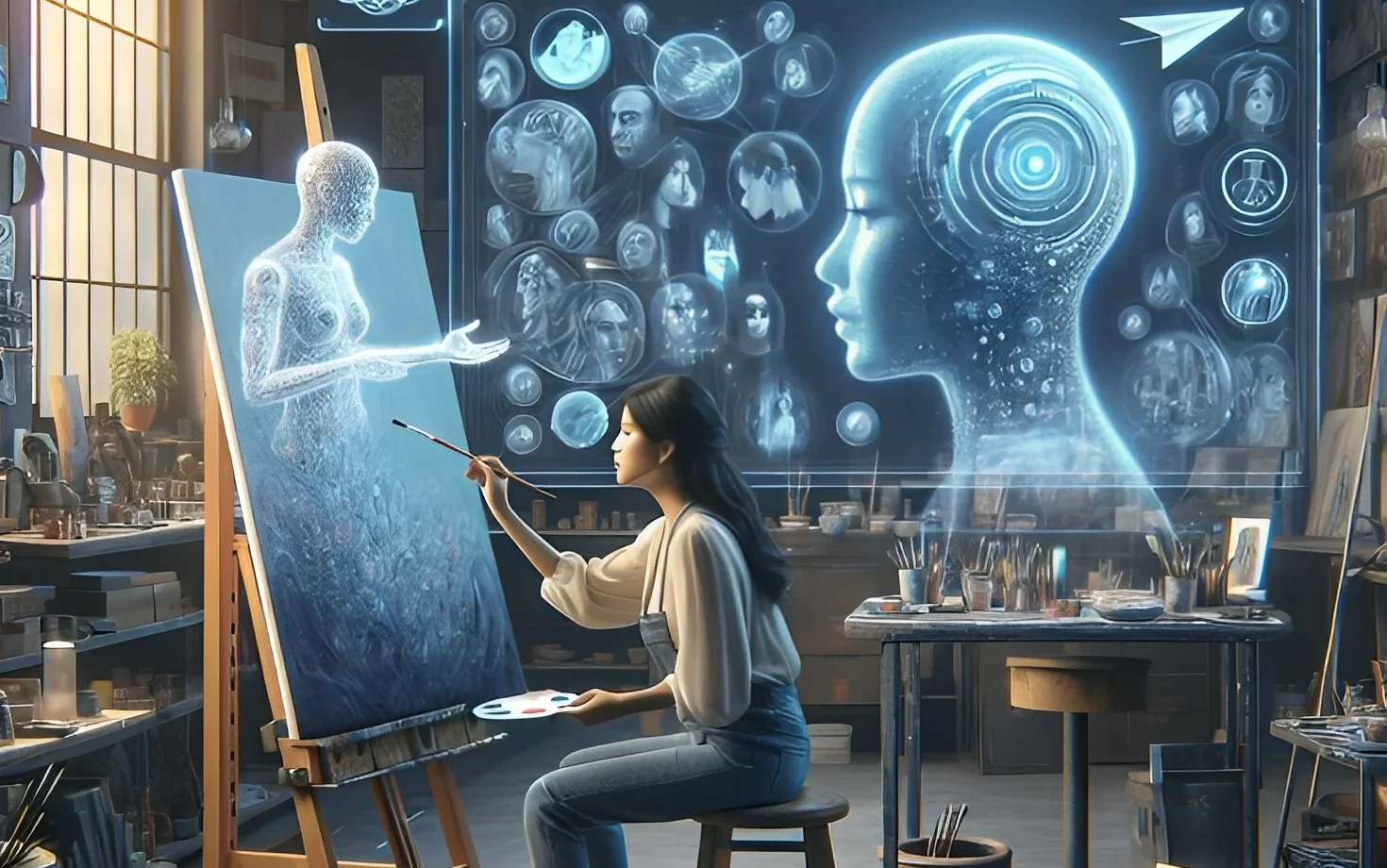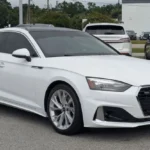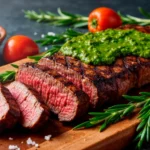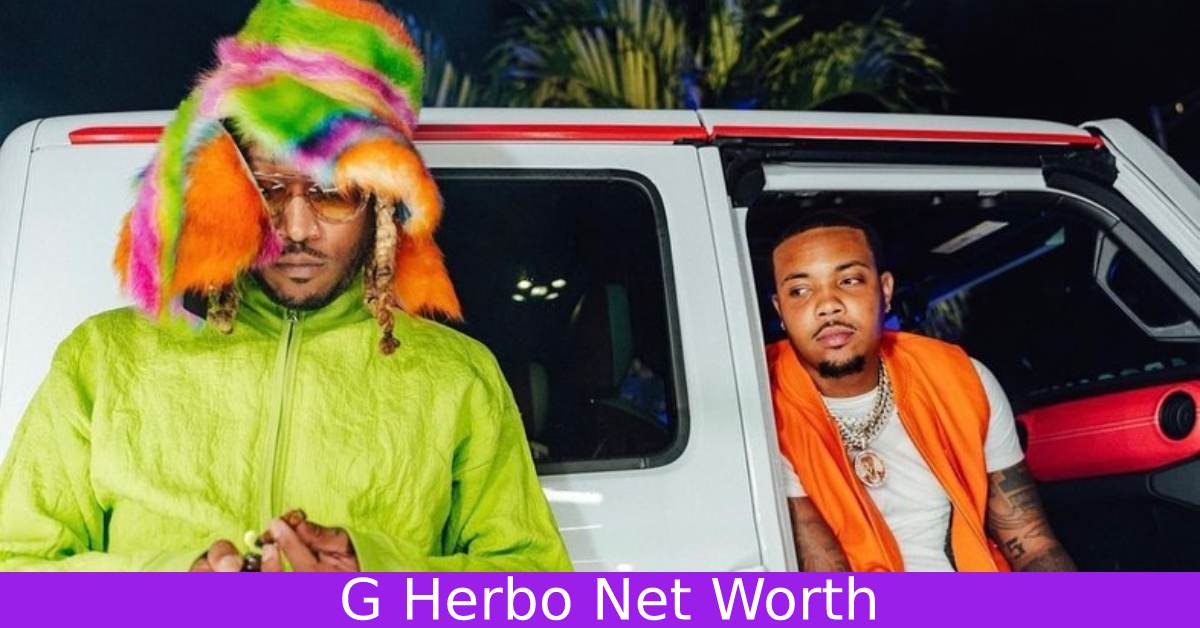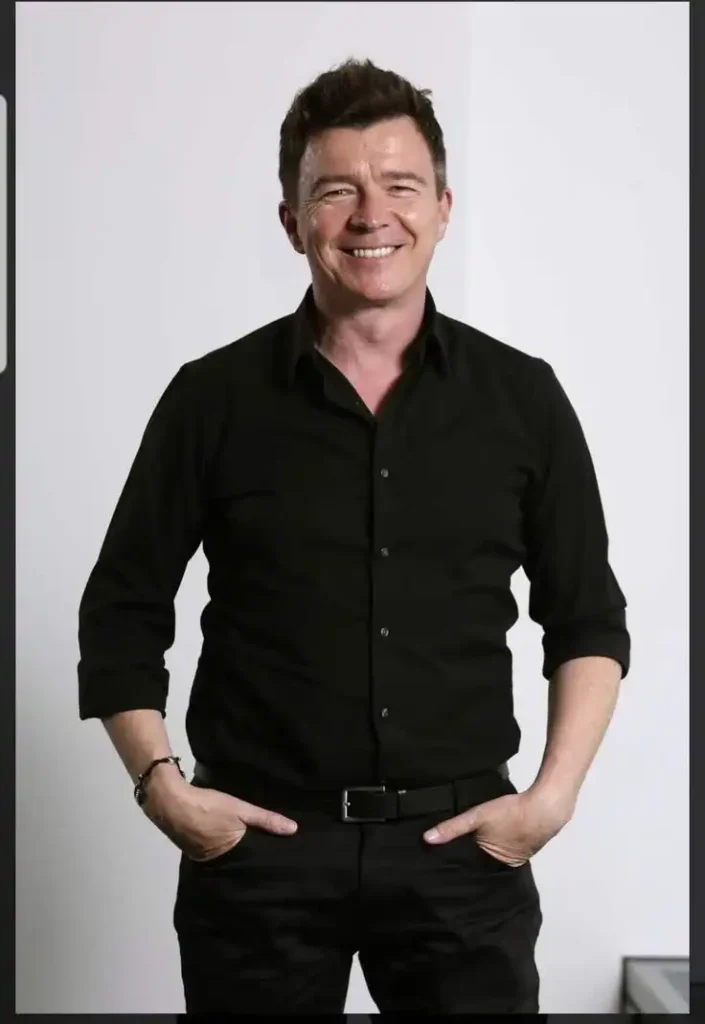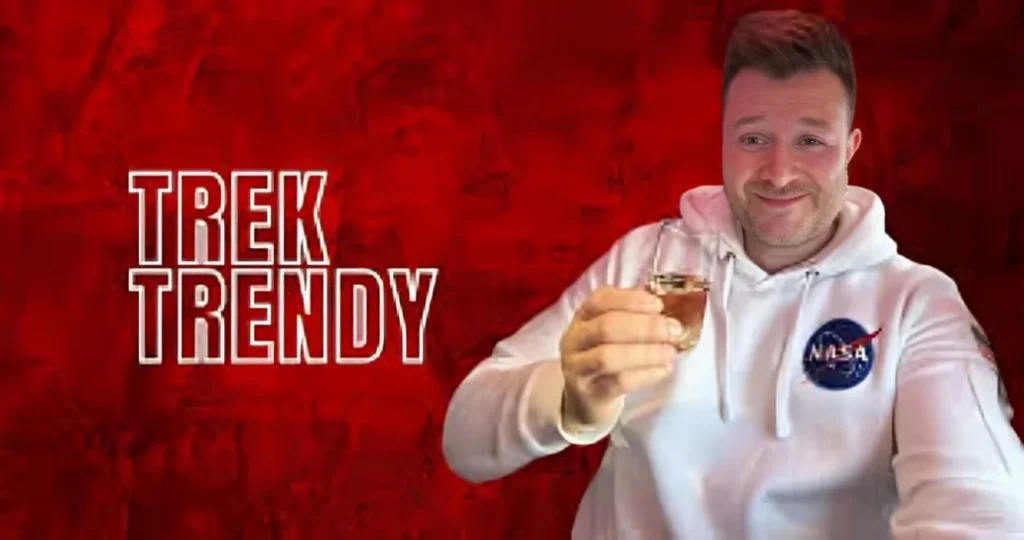AI generated art is one of the most exciting innovations in digital creativity today. In 2025, artificial intelligence is no longer limited to coding, automation, or analytics; it has stepped into the world of imagination.
Artists, designers, and businesses are turning to AI art tools to create stunning visuals in a matter of seconds. From realistic portraits to surreal dreamscapes, AI-generated art is changing the way we think about creativity.
But while AI art offers limitless opportunities, it also raises important questions. Can a machine truly be creative? Is AI art original or just recycled? And what does this mean for traditional artists?
In this guide, we’ll explore everything about AI-generated art: how it works, tools to use, industries adopting it, benefits, drawbacks, and the future of creativity powered by AI.
What Is AI Generated Art?
At its core, AI art is artwork created using artificial intelligence algorithms. These algorithms analyze massive datasets of images, colors, and styles to generate new creations.
For those interested in exploring AI-generated art without restrictions, platforms like this uncensored AI image resource provide a free and creative space to experiment, offering artists and enthusiasts the chance to push boundaries and discover unique visual styles.
Instead of painting with brushes or sketching by hand, users simply provide text prompts like:
- “A futuristic city at sunset in cyberpunk style.”
- “A portrait of a lion wearing a crown, painted like the Renaissance masters.”
- “Minimalist vector art of mountains and rivers.”
The AI then transforms the text into visual art within seconds.
Some AI art is completely original, while others are inspired by existing styles and datasets. This raises questions about creativity, ownership, and copyright.
The Rise of AI Art in 2025
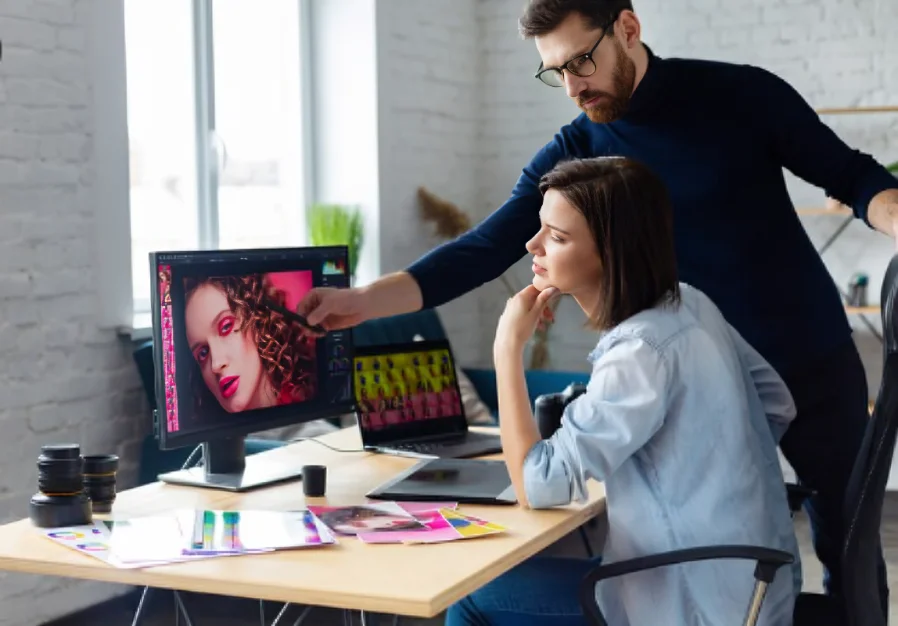
AI art started as an experimental technology, but quickly became mainstream thanks to:
- Social media trends – AI-generated portraits and surreal edits often go viral on Instagram and TikTok.
- NFT boom – Many artists used AI to mint unique NFTs, creating million-dollar sales in 2021-2023.
- Accessible tools – Platforms like DALL·E 3 and MidJourney are now easy to use, even for beginners.
- Commercial demand – Companies use AI visuals for advertising, packaging, and concept designs.
In 2025, AI art is no longer niche. It’s a recognized art form that has entered galleries, auctions, and even educational curricula.
How Does AI Generated Art Work?
AI art is based on machine learning and neural networks, particularly a model called Generative Adversarial Networks (GANs).
Here’s a simplified breakdown:
- Training Data – AI is trained on millions of images (photos, paintings, sketches, etc.).
- Prompt Input – A user enters text describing the art they want.
- Image Generation – AI interprets the text and generates an image based on learned patterns.
- Refinement – Some tools allow multiple iterations, letting users tweak results.
This process mimics how humans learn, by studying existing examples, but with far greater speed and scale.
Popular AI Art Tools in 2025

There are many platforms available for AI art, each offering unique strengths:
- DALL·E 3 (OpenAI) – Great for imaginative and high-quality illustrations.
- MidJourney – Known for artistic, dreamlike, and stylized outputs.
- Stable Diffusion – Open-source, customizable, and widely used by professionals.
- Runway ML – Ideal for video editing, animations, and visual storytelling.
- Artbreeder – Allows users to remix and blend faces, landscapes, and characters.
- Deep Dream Generator – Famous for surreal, abstract styles.
These tools make AI art accessible to everyone, from hobbyists to professional digital creators.
Benefits of AI Generated Art
AI art comes with several exciting advantages:
- Fast production – Complex designs created in minutes.
- Accessibility – No need for advanced artistic skills.
- Inspiration – Great for brainstorming and idea generation.
- Customization – Prompts allow endless variations.
- Commercial use – Businesses save money and time on design.
For example, a marketing team can generate 20 ad banner concepts in a single day instead of hiring a full creative studio.
Real-World Uses of AI Art
AI-generated art is making waves across multiple industries:
- Gaming – AI tools create concept art, characters, and landscapes.
- Movies – Storyboards, visual effects, and sci-fi settings are often AI-assisted.
- Fashion – AI designs futuristic clothing and textiles.
- Publishing – Book covers, illustrations, and posters are now AI-powered.
- Education – AI art apps help students experiment with creative ideas.
- Marketing – Social media visuals, ad graphics, and branding assets.
This versatility shows that AI art is not just a hobby; it’s a valuable professional tool.
Challenges and Controversies
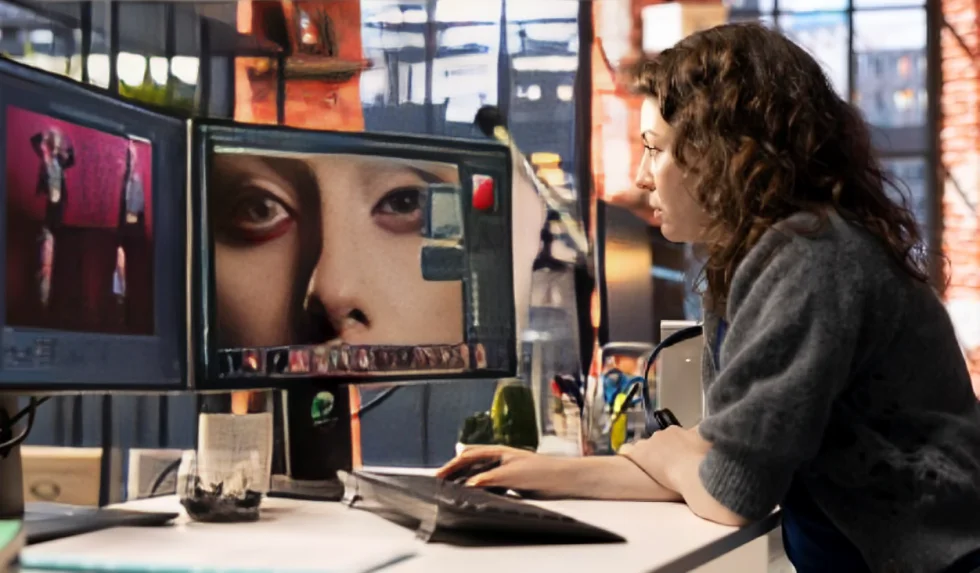
While AI art is exciting, it comes with serious debates:
- Copyright concerns – Many AI tools are trained on images without the artist’s consent.
- Ethics – Deepfake technology raises moral questions.
- Job security – Some artists worry AI will replace human creativity.
- Originality – Critics argue AI art is not “truly original” since it reuses existing data.
- Over-reliance – Too much AI use may discourage traditional skills.
For instance, in 2023, a winning artwork at a digital art competition was revealed to be AI-generated, sparking outrage among traditional artists.
The Future of AI Generated Art
Looking forward, AI art will become even more advanced:
- Integration with Virtual Reality (VR) and Augmented Reality (AR).
- More realistic 3D models for gaming and movies.
- Personalized AI artists trained to match individual preferences.
- Legal frameworks to protect copyrights and artists’ rights.
- Hybrid collaborations where human artists and AI co-create.
In 2025, AI-generated art is not replacing creativity; it’s reshaping it.
Tips for Beginners Using AI Art Tools
If you’re new to AI art, here’s how to get started:
- Start with free tools like Craiyon or Stable Diffusion.
- Use detailed prompts (e.g., “A neon-lit city skyline in the style of Blade Runner”).
- Experiment with styles like watercolor, oil painting, or photorealism.
- Combine AI art with manual editing in Photoshop or Illustrator.
- Keep learning, AI art evolves rapidly, so stay updated.
Conclusion
In 2025, AI art is at the heart of a creative revolution. It makes art faster, more accessible, and more experimental than ever before. While challenges around copyright, originality, and ethics remain, AI has proven itself as a powerful partner for creativity.
For those looking to explore this innovative space, platforms like No Limit AI Image Generator offer tools that make creating stunning AI-powered art easier than ever.
Rather than replacing artists, AI gives them new ways to express ideas and push boundaries. For beginners, hobbyists, and professionals alike, AI art tools are opening the door to a new era of imagination.
FAQs
- Is AI generated art legal to sell?
Yes, but check copyright laws, as some tools train on existing works. - Can AI art replace human artists?
AI is a tool, not a replacement. It speeds up work but lacks human emotion and originality. - What’s the difference between AI art and digital art?
Digital art is created by humans using software, while AI art is created by algorithms with user prompts. - Is AI art considered “real art”?
Yes. Art is about expression, and AI expands creative possibilities. - How do I make AI art unique?
Use personal prompts, customize results, and mix AI outputs with human creativity.

